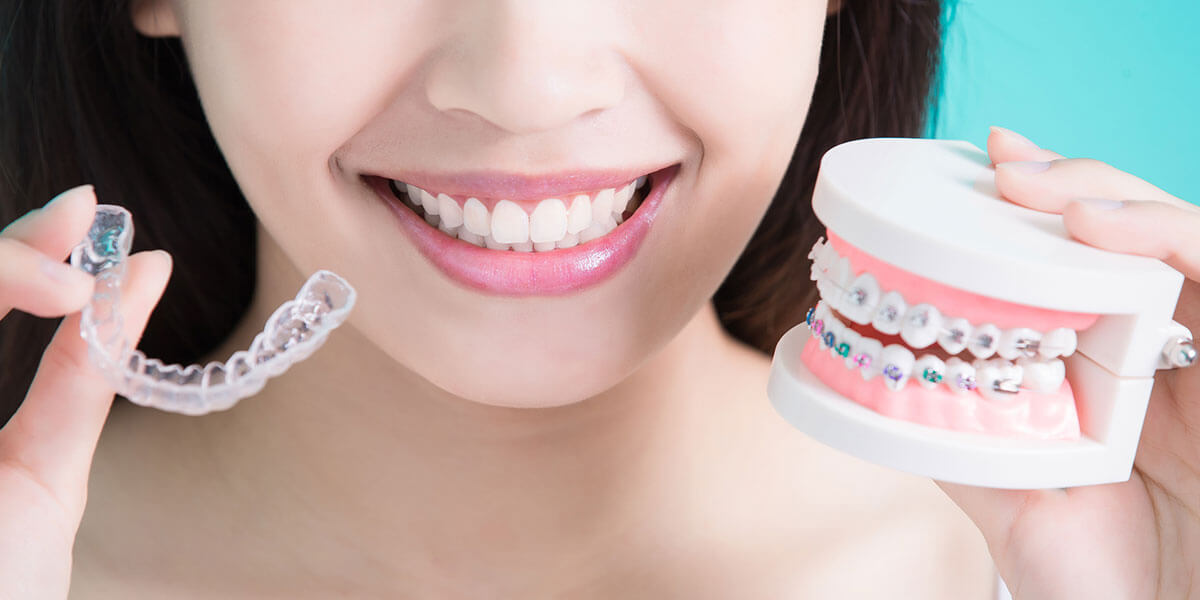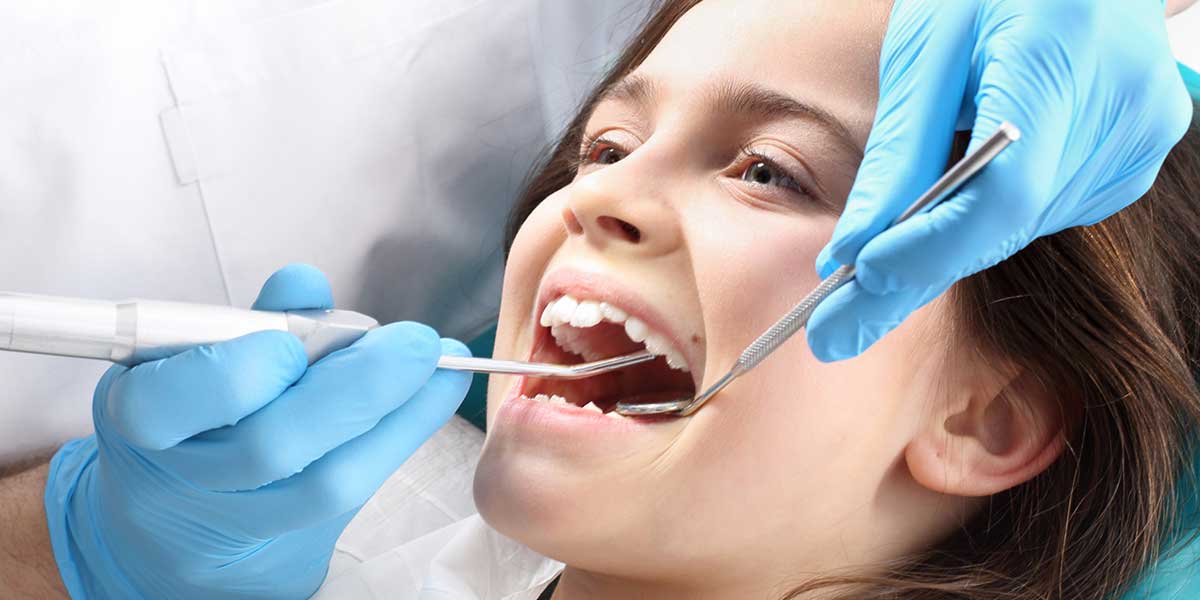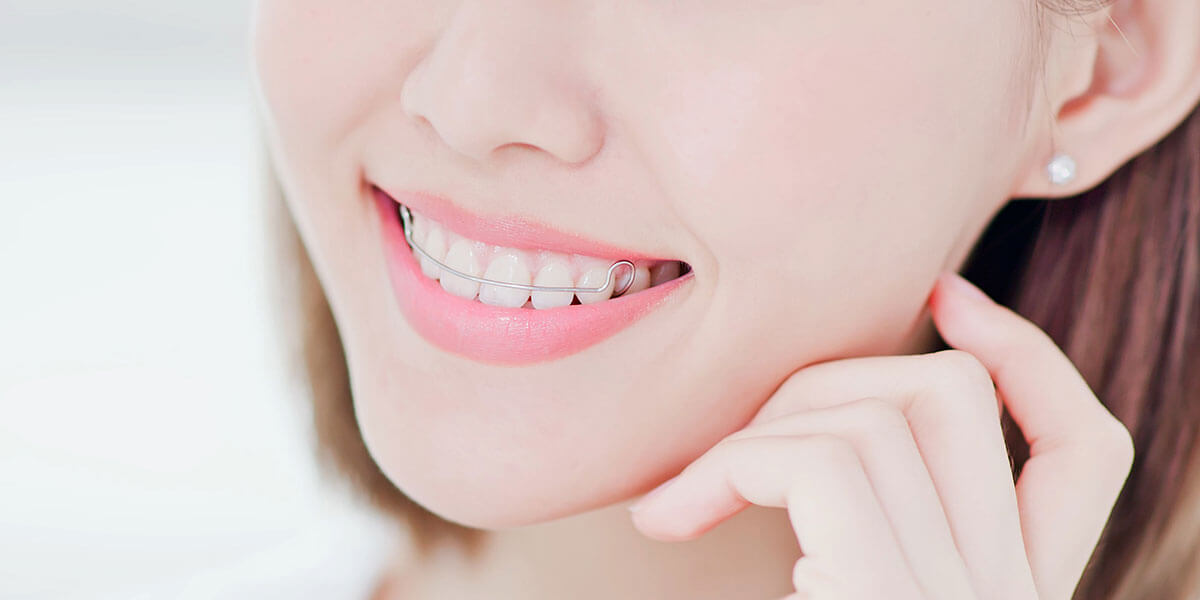Orthodontic Services

Orthodontic treatment can be used to assist in aligning and straightening teeth in order to not only improve appearance, but to also improve a person’s bite. Orthodontics may be used to correct malocclusions, overbites, underbites, cross bites, deep bites, crooked teeth and other imperfections of the teeth and jaws. Braces may be used in conjunction with other orthodontic appliances to help with making corrections to a person’s bite.
Dental technology has improved over the years to include new options to help correct the above issues, and there are a number of techniques and products available that were not available just a few short years ago. The patient experience has improved and today’s options are less conspicuous than the full braces that were common in the past.
Traditional metal braces are still the most popular types of braces as they produce high quality results. Clear Ceramic braces are popular with adults and teenagers who want the results of braces without the look of metal. Your visit will begin with a consultation with the doctor to go over the best alternatives for your orthodontic care. Dr. Kay will address any questions you may have regarding your treatment and will provide a plan for orthodontic therapy.
Click on the links below to learn more about why orthodontic treatment may be necessary.
Types of Orthodontics
Metal Braces

Metal braces made from stainless steel brackets and wires remain the most popular choice for braces and are very effective.
Clear Brackets

Virtually invisible, there are several advantages clear brackets have over traditional braces and aligners. Clear braces combine tieless braces with high technology archwires that are clinically proven to move teeth fast and comfortably with truly spectacular smile and facial results. Available from skilled orthodontists, clear braces combine the best of traditional clear braces and invisible aligners to deliver a discrete treatment experience with results that go beyond straight teeth.
Invisalign®

Invisalign® uses a custom-made series of aligners that are made of smooth, comfortable and virtually invisible plastic that will gradually and gently shift your teeth into place.
Treatment Phases
Phase I

Often, preparation of the teeth is necessary before braces can be considered. Phase I treatment usually takes places between the ages of 7-11 and can involve appliances that create space in the mouth and correct bite problems while growth is still occurring. This stage is generally completed early, while patients still have mixed dentition (baby teeth and adult teeth).
Phase II / Adolescent Treatment

Phase II typically occurs during adolescence because around ages 11-13 is when most patients have lost all of their deciduous (baby) teeth and their permanent teeth have, for the most part, come in. Because rapid growth occurs during adolescence, it is easier to treat orthodontic problems.
Adult Treatment

Adult orthodontic treatment differs from adolescent treatment in primarily two ways. First, the jaws are done growing and developing, so changes in jaw structure cannot be made the same way as in a growing child. Secondly, periodontal (gum) disease, which is more prevalent in adults than in children and teens, must be addressed and care taken to prevent the development or progression of gum disease.
Retention

Once treatment is complete, a retainer is worn for a period of time, usually just at night. The retainer helps maintain the new smile and also allows for small adjustments, if needed, once the braces have been removed. Dr. Kay will review the options with you and provide specific instructions on the use of your retainers.